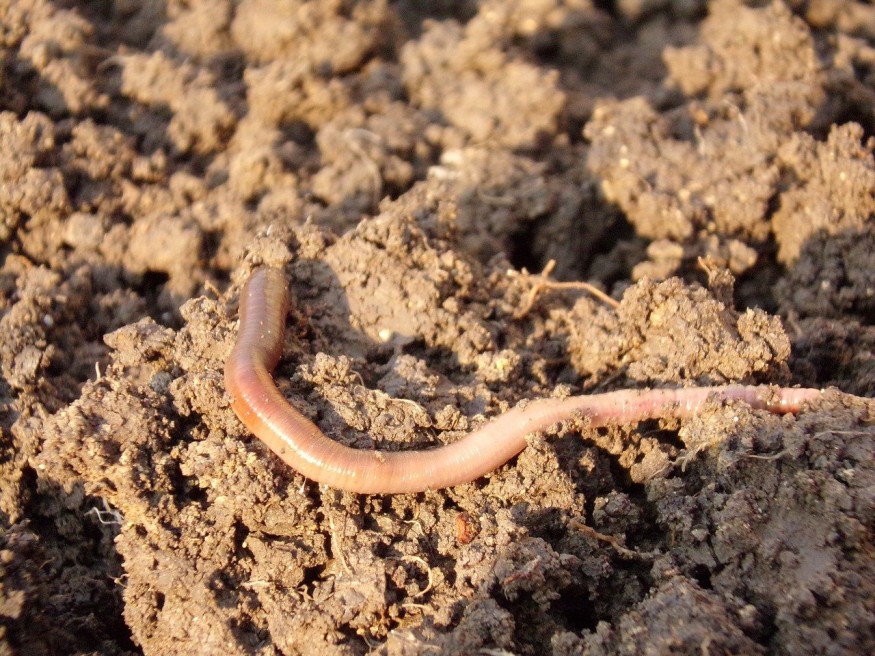Invasive jumping worms, formerly known as Amynthas spp, are making their way to the Midwestern states of the US, threatening the agriculture industry.
According to MailOnline, the worms were first observed in Wisconsin in 2013 and had since spread to more than a dozen Midwestern states. It moves like a snake and sheds its skin when threatened.
It is as invasive and threatening to the local ecosystems as the murder hornet and is deadly to topsoil and plants.

Why are Jumping Worms Bad?
Earthworms in North America have come from somewhere else because, for over 100,000 years, the glacial movement has wiped all native earthworms. Those that can be seen in the gardens today are from Europe in the 1600s when the first European settlers came to the continent, according to Newsbreak.
These worms from Europe are known as nightcrawlers and serve as a good purpose for gardens as they improve drainage and make nutrients easier to access for plants. The presence of earthworms signals that the soil is fertile.
However, the Asian jumping worms are the opposite of the European worms. Plants do not benefit from them because they are invasive species that live and feed on the leaf litter layer on the soil surface and on the topsoil. They also do not create burrows in the ground, unlike European earthworms.
Jumping worms have also been called other names, like crazy worms, and Alabama jumpers.
They originated in East Asia and made their way to the Pacific coast of the US in the early 2000s. But now, they can be found in Kansas, Kentucky, Illinois, Indiana, Iowa, Louisiana, Minnesota, Missouri, Nebraska, Ohio, Oklahoma, and Tennessee.
How To Control Jumping Worms
The US Department of Natural Resources said that Asian jumping earthworms are spread by humans moving potted plants, compost, soil, and fish bait, MailOnline reported.
They wrote that there are no known methods yet of controlling them on a large scale in natural settings, but some people use chemical treatments that could kill earthworms and other invasive soil organisms.
On the other hand, some of them had collected these jumping earthworms and seal them in a bag before disposing of them in the trash. This could help reduce the number of Asian jumping earthworms at the site.
Researchers at the University of Illinois said that jumping earthworms could not survive for long but that their eggs are persistent enough to live through the cold weather because they have special casings that surround the embryo.
Adult jumping earthworms mature in 60 days, enough time to allow populations of them to grow exponentially. Interestingly, these worms could reproduce even without mating.
Experts suggest that people look for these worms during the mid-to-late summer months since they live on top of the soil. Their clue should be the soil that resembles coffee grounds.
Nicole Flowers-Kimmerle, an expert from Illinois University Agriculture and Natural Resources, said that the best way to control the number of jumping earthworms is to decrease the number of egg casings produced. So, plastic bags where adults were placed to die under the sun should be immediately disposed of in the trash.
RELATED ARTICLE : Worm Tornado Appears in New Jersey After Rain Leaving Scientists Baffled
Check out more news and information on Worms and Invasive Species on Science Times.
© 2026 ScienceTimes.com All rights reserved. Do not reproduce without permission. The window to the world of Science Times.











